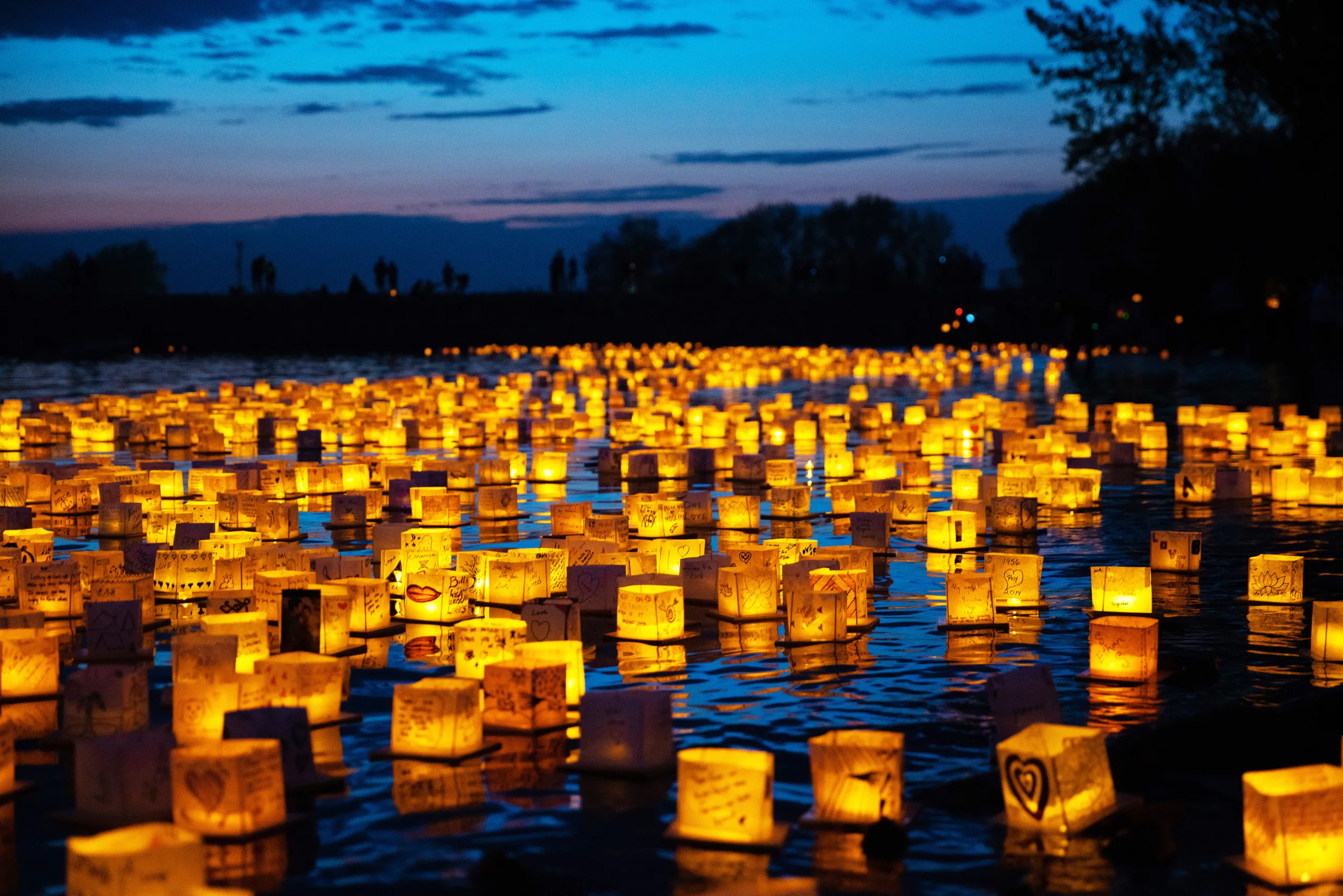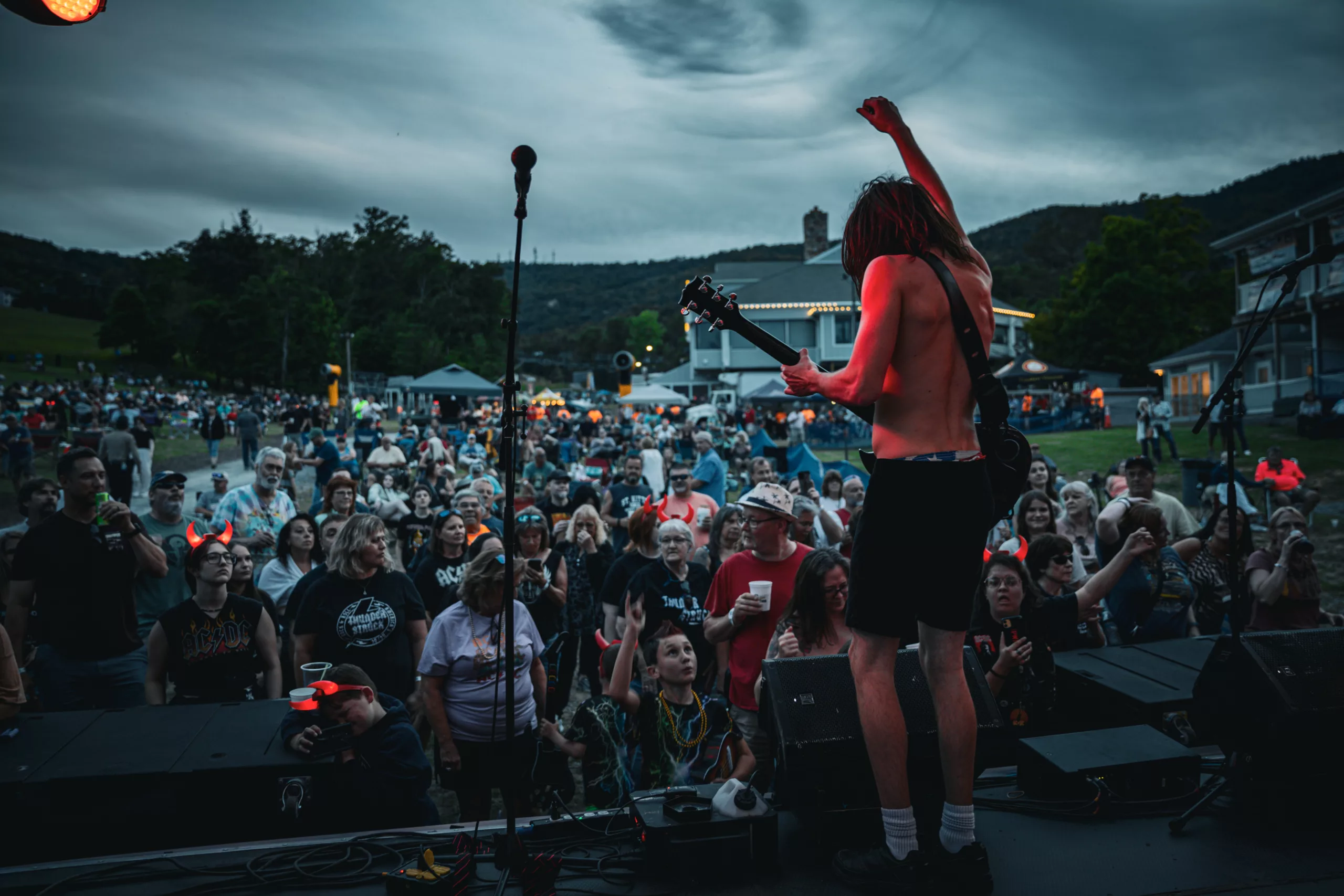Myanmar lifts the curtain on the Golden Land of Burma.





Our first morning in Myanmar, I woke up to a Yangon skyline eclipsed by a sun-straining fog soup and an email from my son with a link to a New York Times story: “Earthquake in Myanmar Kills 3 and Damages Over 170 Temples.” Our guide Sai, short for Sai Kyaw Thu Htwe, confirmed that the day before a 6.8 magnitude earthquake had hit the plain of Bagan, located 390 miles north and the site of almost 3,000 remaining temples built between the 11th and 13th centuries. But, he added, the damage seemed primarily limited to shoddy additions made during the mid-1990s and wouldn’t seriously affect our visit. That was good news indeed, as my main reason for traveling to Myanmar was to at last be able to visit the much-heralded Bagan of my Asian art college survey course.
Emerging in the last decade from almost 60 years of brutal military rule plus 20 years of economic sanctions, Myanmar, formerly Burma, seems to be savoring newfound freedoms while unveiling its amazing scenic and heritage treasures to the world.
With Nobel Peace Prize laureate Aung San Suu Kyi, known to locals as “The Lady,” now recognized as the de facto head of state, Myanmar’s citizenry appear cautiously optimistic.
Sandwiched geographically and culturally between Thailand and India, Myanmar extends northward from the white-sand beaches on the Andaman Sea to the high Himalayan massifs marking the Chinese border. It is made up of more than 100 recognized ethnic groups, each with its own language. Burmese is the lingua franca. Often referred to as the Golden Land thanks to its thousands of gilded payas (pagodas), the former Burma is also known for its legendary rivers, including the famed Irrawaddy (Ayeyarwady).

Field of Dreams
At dawn, our cadre of 10—Aussies, Kiwis, a Canadian, an Irish lass, my husband Jack, my travel-junkie friend Sigrid and I—left Yangon aboard a plane for Bagan, descending over a vast savannah littered with clusters of ornate brick and gold spires for as far as my eyes could see. Pundits say Bagan rivals Angkor Wat, and they weren’t kidding.
Stunning examples of 12th century Burmese stupa (another term for pagoda) and temple design would be our menu as we cycled, hiked and boated to more than 30 of the recorded 3,000 religious monuments remaining in the Bagan Archeological Zone, a roughly 40-square mile space established by the government.
Shortly after we arrived, we bumped into one of Sai’s archeology teachers at the Phwa Saw monastery, part of the earthquake damage-survey team. She reported that most temples only lost their spires—some with elaborate designs and more elongated points, and some with lotus leaves or stepped terraces. More serious damage had occurred, however, at the great Sulamani temple where we drove to watch the sunset. This mighty temple’s concrete crown, fashioned in 1996, had crashed through the roof and severely damaged ancient original frescos.
From around AD 950 to 1257 more than 5,000 stupas, temples and monasteries were erected, primarily during a building frenzy initiated by King Anawrahta, who established the first Burmese empire at Bagan in 1044. Local stupa style evolved from the Hindu-influenced cylinder form, as seen in the Pyu-period Bupaya Pagoda, to a squat bell shape that was initially adorned with pointy caps, but soon blossomed into graceful tapering spires encompassing lotus buds and terraces, as manifested in the gold-encrusted Shwezigon Pagoda, probably the most sacred in all of Bagan and prototype for pagodas all over Myanmar.
A stupa is a Buddhist shrine (some contain relics, others sacred scripture) in front of which one performs devotions. A temple, on the other hand, offers interior space for meditation. In Bagan, temple architecture advanced from small one-story squares to vast four-sided cruciform interiors with pavilioned entrances, stepped terraces, pointed arches and corncob-like towers. This is epitomized in the great Ananda Temple (1105), a mammoth castle-like exterior containing four standing 32-foot gilded teak Buddhas augmented by carved sandstone Buddhas and glazed tile paintings in niches around the core.
Some of our favorite structures were the Manuha Temple, featuring a smiling giant 90-foot golden reclining Buddha inside an up-close-and-personal chamber at the rear, and the Abeyadana Temple, whose interior walls are covered with colorful Hindu-inspired frescos telling the Jataka tales of Buddha’s previous lives—textbook examples of fine traditional paintings, including Bodhisattvas and Tantric deities.
Although some 400 structures were damaged in the earthquake that preceded our arrival, it may have been a godsend.
In 1996, Bagan applied for UNESCO World Heritage status. However, the military government, which had instituted a rapid restoration program earlier that decade to both repair damage from the 1975 earthquake and create a beautiful destination for tourism had slapped inferior materials on structures without regard to style or provenance. UNESCO described it as a “Disney-style fantasy version” and denied the request. Now representatives from the area are working directly with UNESCO consultants and archaeology experts on the damaged monuments, and plans are on track to submit a proposal for World Heritage designation in 2018.





Palace Walk
After breakfast in a palm thatched village near Myaing township, where our tour company, Intrepid, supports a community-based tourism lodge and cultural experience, we drove north toward Mandalay, transferring to the back of a pickup for the tortuous climb up the precipitous 800-foot Sagaing Hill. Oo Pon Nya Shin Pagoda sprawls along the ridgetop and is replete with bronze frogs and LED flashing Buddha halos, although the best was the can’t-miss U Min Thonze Cave Pagoda, a semicircular hall lined floor-to-ceiling with 45 gold and white ceramic Buddhas. And dashing down the hill to the outskirts of Mandalay, we were able to make it just in time for the sunset tradition at the U Bein Bridge, the world’s most photographed and longest teakwood bridge.
Having read Amitav Ghosh’s The Glass Palace, I was eager to visit Mandalay’s palace site; however, what remained after the British moved King Thibaw and his Queen to India in 1885 was bombed out during WWII, so now one wanders through a crumbling cardboard-like 1990 recreation. This faux palace complex sits deep inside a scruffy military base in the middle of town, surrounded by an impervious, though landscaped, moat and fence. The book was better.
The next day we boarded a riverboat for Mingun to visit the foundations of what would have been the world’s largest stupa. Begun in 1790 by King Bodawpaya but only a third completed, this massive earthquake-cracked 240-foot cube sits like a monster brick stump. Nearby hangs a 90-ton bronze bell the king commissioned to also be the world’s largest. This super-sized obsession continued back in Mandalay proper at the Kuthodaw Pagoda, where 729 Buddhist scripture-inscribed marble slabs, each five feet tall, are enshrined in individual frilly white stupas, making it the world’s biggest book.
A more compelling Mandalay surfaced, however, at a stop inside the Shwenandaw Kyaung Temple, a survivor of the original Glass Palace, so-called because the carved walls of King Mindon’s elegant living quarters were gilt and covered with mirrored-glass mosaic trellis-work.
Perhaps Mandalay’s masterpiece, this intricately carved multi-tiered teak pavilion is surrounded by gilded panels illuminating Buddha’s prior life, complete with dragons, dancing figures, and horses—a woodcarver’s nirvana, which continues into the gilded-columned throne room. This temple was originally the north wing of the palace and a part of King Mindon’s living quarters. But when he died in 1878, his son, King Thibaw, claimed it was haunted by his father’s ghost, so he had it moved, reconstructed, and declared a monastery in his father’s honor.
The Colonial Era
Whereas the cityscape of Mandalay, Myanmar’s second largest city, is primarily a concrete and tin-roofed grid, the largest, Yangon (Rangoon), where we began our trip, hosts a unique intact core of Colonial-era buildings, more than anywhere in Southeast Asia.
Great Britain began its colonization of Burma during the first Anglo-Burmese War in 1824 and did not relinquish control until 1948. Our first morning walking tour was thus like slipping into the late 19th century when Burma was proclaimed a province of India and Rangoon made the Raj capital of Burma. At that time the British launched a building boom inside a city-grid they designed around Sule Paya.

Certainly the most archetypical and colossal remnant is the Secretariat, a U-shaped, Victorian style building (1890-1902) that occupies 16 acres, one complete city block. After its tenure as the administrative seat of British rule, it was the site of the 1947 assassination of Gen Aung San, who negotiated independence from Britain and who was the father of Aung San Suu Kyi.
Abandoned when the military regime moved the capital to Naypyidaw in 2005, this moss-coated Colonial edifice has survived earthquakes, cyclones and World War II bombings, but is now crumbling and covered with vines and scraggly palms, and screaming, “save me.”
In addition to its Colonial-era buildings, Yangon is home to Shwedagon Pagoda, the 89 percent Buddhist country’s most sacred shrine.
Our pilgrimage was at sunset. Even an ogre would find this visit magical, if not by the glittering 344-foot stupa, then certainly by the passionate rituals of the faithful—praying, chanting, lighting incense and candles, arranging fragrant floral tributes. Coated with roughly 30 tons of gold bar and leaf, the main bell-shaped dome is topped with an hti (the Burmese word for umbrella) said to contain 5,448 diamonds and 2,317 rubies and sapphires, with its tip cradling a 76-carat diamond. Expanded and rebuilt by rulers over the centuries, this structure is the zenith of Burmese stupa design.
The Heart of Myanmar
Perhaps we experienced a more authentic Burma when trekking in the foothills outside the Shan State town of Kalaw—meeting men smoking cheroots and chewing betel nut and Palaung women festooned in blue and red silk traditional clothing, and watching the fishermen on Inle Lake standing in their boats sculling with one leg while bringing in their nets. As we passed wooden-wheeled oxcarts waddling to market piled high with cabbages or locals harvesting tomatoes from floating gardens it seemed everyone was smiling. Their warmth is infectious.
When Jack and Sigrid and I returned to Yangon before our journey home, we hopped aboard the Circle Line train that circumnavigates the city for a slow, visceral ride in an open-windowed 1950s era railcar, watching street vendors board and prepare food before jumping off to ply their wares, women leaning out the windows buying vegetables from railside hawkers, maroon-robed monks making their daily alms rounds, and gardens, shacks and markets lapping the rails.
This is the Myanmar I’ll remember, every time I wear my lotus thread scarf.
This article originally appeared in our October 2017 issue.








